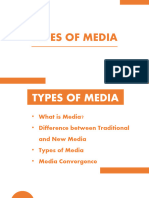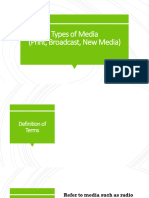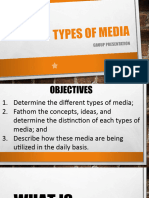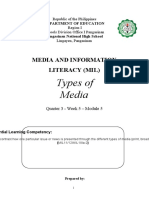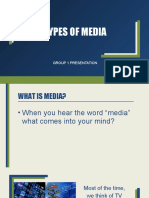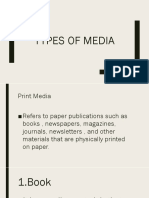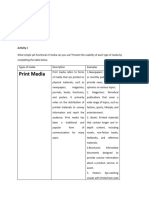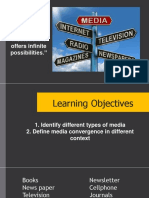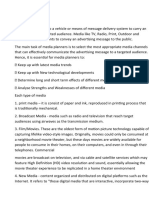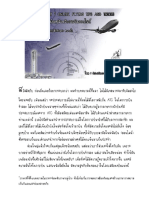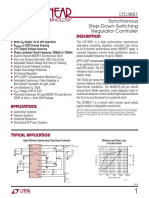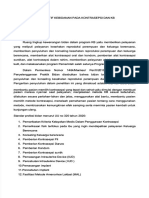0% found this document useful (0 votes)
9 views28 pagesTypes of Media Lecture
The document outlines three main types of media: Print Media, Broadcast Media, and New Media. Print Media includes newspapers, magazines, books, and comic books, while Broadcast Media encompasses radio and television. New Media refers to digital platforms like websites, blogs, and social media, highlighting the convergence of traditional and modern media forms.
Uploaded by
20240778Copyright
© © All Rights Reserved
We take content rights seriously. If you suspect this is your content, claim it here.
Available Formats
Download as PDF, TXT or read online on Scribd
0% found this document useful (0 votes)
9 views28 pagesTypes of Media Lecture
The document outlines three main types of media: Print Media, Broadcast Media, and New Media. Print Media includes newspapers, magazines, books, and comic books, while Broadcast Media encompasses radio and television. New Media refers to digital platforms like websites, blogs, and social media, highlighting the convergence of traditional and modern media forms.
Uploaded by
20240778Copyright
© © All Rights Reserved
We take content rights seriously. If you suspect this is your content, claim it here.
Available Formats
Download as PDF, TXT or read online on Scribd
/ 28


